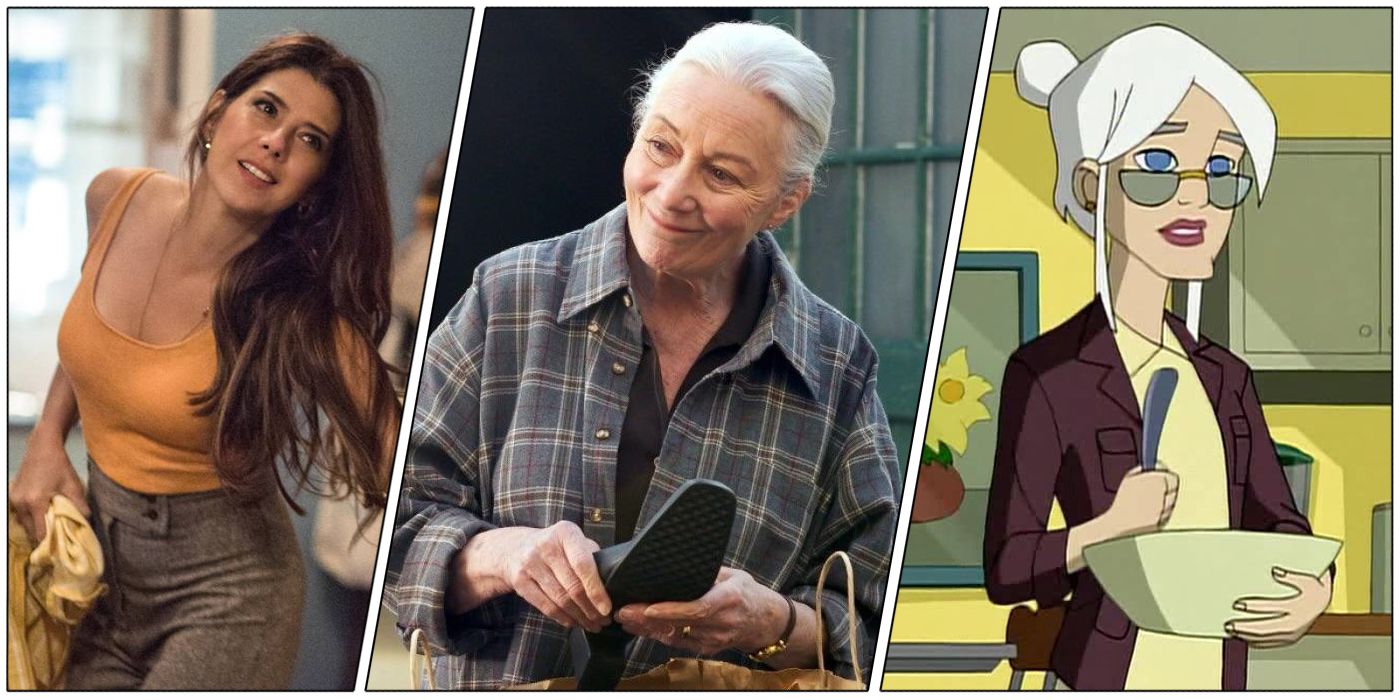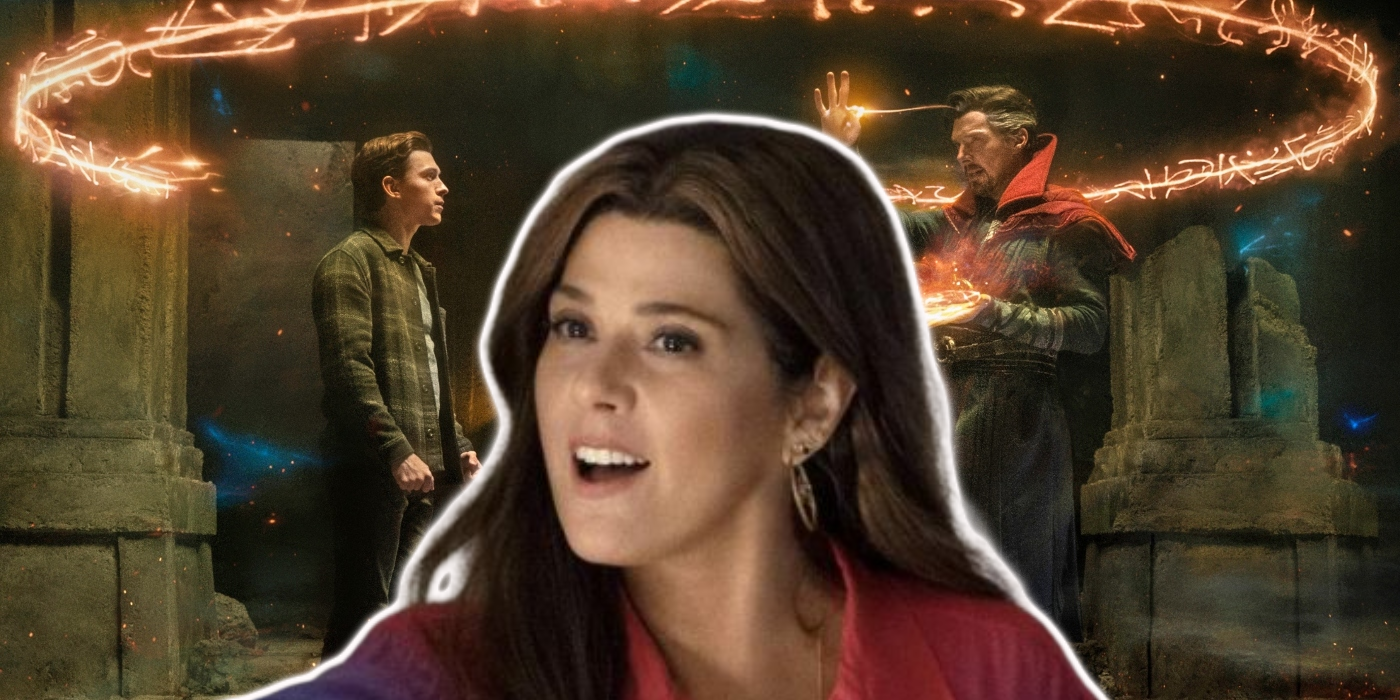Aunt May has been a part of Spider-Man since the beginning. She was with Peter Parker in Amazing Fantasy #15 (Stan Lee, Steve Ditko) and has continued as a supporting character in the comics ever since. She appears in every adaptation, movie and TV show, even when other major supporting players like J. Jonah Jameson, Flash Thompson or Mary Jane are absent. She is more prominent than any other (civilian) superhero mother figure. However, her depiction on screen has altered dramatically over the decades, showcasing a change in the way film and TV portray older women. From a feeble damsel in distress to a hip, young mentor figure, May's change reflects how Hollywood looks at older women.
May of the classic comics, and in most animated TV portrayals until the 21st century, was Peter Parker's elderly, frail aunt. To modern fans, this seems a little odd -- why would a teenager have an aunt who appears to be in her sixties or seventies? -- though it may be explained through the change in healthcare between the early 20th century and the 21st. Sixty in 1962 looked different from sixty in 2022. May was generally used as a damsel in distress to motivate Peter; she was unaware of his secret identity, and her frail health would not, it seemed, survive the shock; she thus rarely got to contribute to the story much beyond a motivating factor for Peter.
How May Changed into Modern May
This depiction changed a bit around the 1990s when May in the comics became aware of Spider-Man and shifted a bit from a foolish damsel to more of a mentor figure. The Ultimate comics also portrayed May as more of a caretaker to a group of rowdy kids. This translates into the Sam Raimi films, where Rosemary Harris plays a similar wise mentor figure. While she is used as a damsel in distress at the hands of the villains in the first two films, her role is often just as much to guide Peter along his path with sage advice. This reflects the shift in the 2000s toward having older women also play mentor-figure roles, as older male characters often do. May on the Spectacular Spider-Man show has a similar role.
However, starting with the Amazing Spider-Man films in 2012, May's depiction changed dramatically. Sally Field was cast to play her in this film series, being closer to the age that Peter's mother might be and, as such, adjusting from wise sage to mother figure. No longer white-haired, May was changed into a more active figure. This became only more dramatic in 2016 with Marisa Tomei cast as an even younger May and one who did not even seem to have an Uncle Ben. Indeed, by No Way Home, May became the Uncle Ben of the Marvel Cinematic Universe, taking his place and uttering his iconic line: "With great power comes great responsibility."
How Modern Aunt May Reflects Modern Depictions of Older Women
The new manner of portraying May as more of both a mentor figure and a younger, more active person with a job, dating life and the ability to financially support Peter reflects the changing depiction of older women in the media since the 1960s when the Spider-Man comics started. Not only do older women, thanks to better healthcare, enjoy a more youthful appearance and lifestyle these days as opposed to fifty years ago, but in the media, they are also allowed to be portrayed as more rounded individuals. May, in the new films, knows Peter's secret identity and plays a crucial role in his overall character arc rather than being treated like a plot device to motivate Peter.
This changing depiction over the years reflects the change in the way older women have been portrayed on film. While traditionally, older women were often marginalized or placed in supporting background roles, lamented over lost youth and beauty or were treated as the butt of the joke, modern Hollywood has been depicting older women with increasing empathy. May's change from damsel to active mentor and developed character reflects this way of viewing older women as complex, fallible human beings with inner lives who can be protagonists in their own stories. While May's depiction certainly is still that of the supporting player in another hero's story, her evolving depiction can perhaps go even further in the future to reflect more and more the reality of life for older women.


